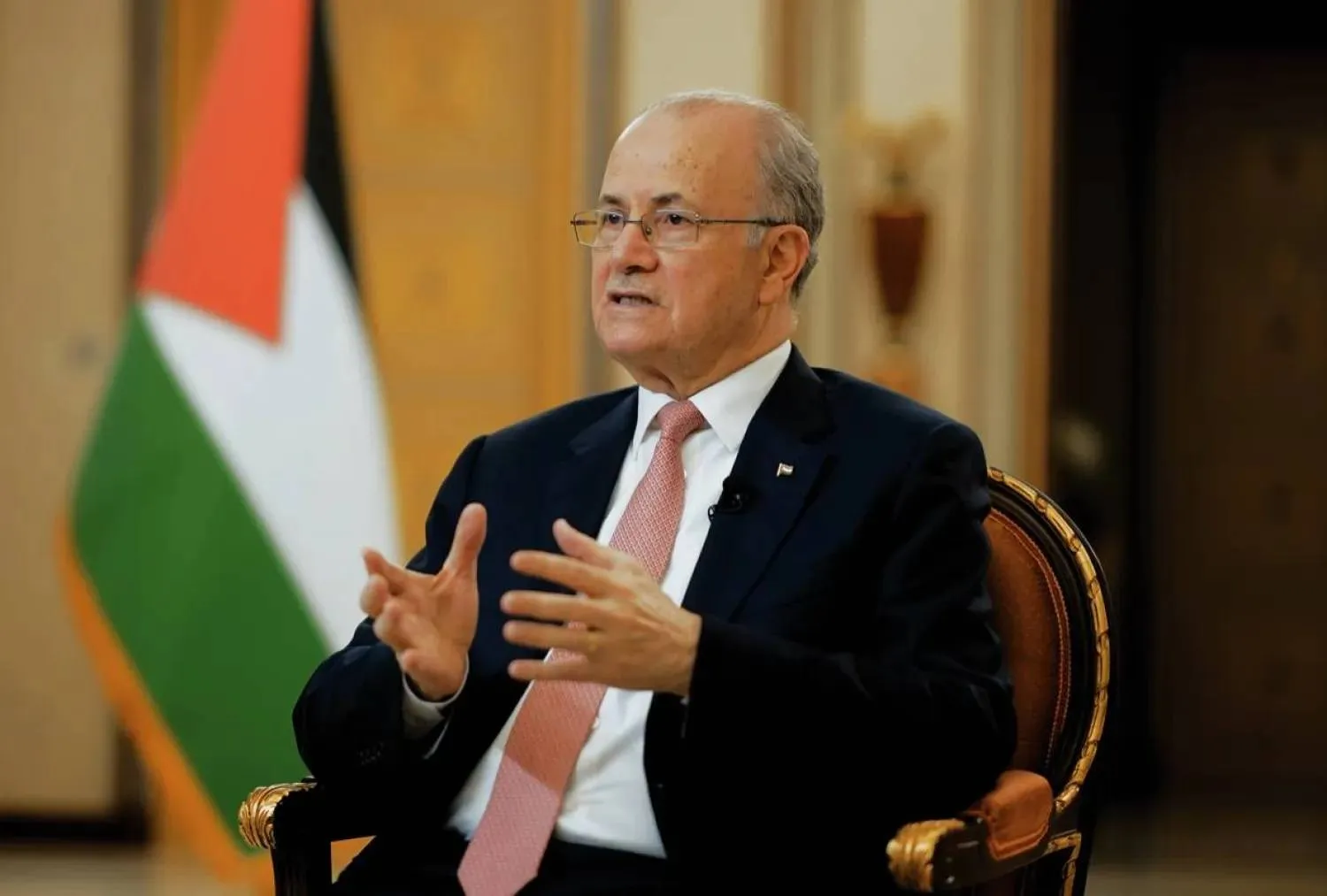Yemeni sources in Sanaa have revealed that Houthi militias have replaced up to 36,000 of their sectarian members instead of teachers who fled oppression in areas under their control, or sought employment in other professions, as their salaries have been withheld for the past 7 years.
The sources told Asharq Al-Awsat that the militias are replacing about 20,000 other public employees, mostly teachers, before agreeing with the legitimate government on a mechanism for paying employees' salaries.
They indicated that the so-called educational office of the Houthi leadership supervised the appointment of two batches of its members, about 35,000, over the past two years.
It placed them in public schools, claiming to cover staff shortages after thousands of teachers fled the group's control areas for fear of repression. While others resorted to different professions to provide for themselves and their families after salaries were cut.
According to these sources, the office is seeking to install a new batch of about 30,000 so-called volunteers instead of a new set of teacher
-Terrorizing teachers
The move aims to intimidate teachers on strike for the second month, as they were threatened with being laid off.
An internal report of the so-called education committee quoted the leadership of the Ministry of Education in the unrecognized government as saying that most of the teaching staff had returned to work after the first payment of the monthly incentive by the Teacher's Fund.
However, after the disbursement stopped, the teachers left their schools, especially since the coup ministry continued to pay for its volunteers.
This confirms that the goal is to force the educational staff to leave the schools and replace them with Houthi elements, according to three sources in the education sector in Sanaa.
-State revenues to support sectarianism
The Deputy Education Minister in the coup government, Khaled Jedar, said monthly incentives to teachers from the revenues of the Teacher Fund were halted because of a lack of payments.
Jedar said that the monthly need to cover the disbursement of incentives exceeds YR7 billion, although he announced last month the ministry intends to pay teachers incentives for three consecutive months.
Local sources in Sanaa said the Houthi official failed to respond to the questions of members of the so-called House of Representatives about the ministry’s ability to pay the salaries of top officials. At the same time, teachers are deprived of their wages
The Yemeni government says the Houthi militia gets about YR1.4 trillion per year from tax and customs revenues only
According to educational sources, the Houthi government seized about YR1 billion from the revenues of the Skills Development Fund for the coup Ministry of Education to cover the expenses of elementary and secondary exams.
The group also imposed annual fees on students in public schools for the “community contribution” at the rate of $15 per student, which caused the deprivation of thousands of students from education.
Families cannot pay these sums in light of the deteriorating economic situation, where 70 percent of the population depends on aid provided by relief organizations.









